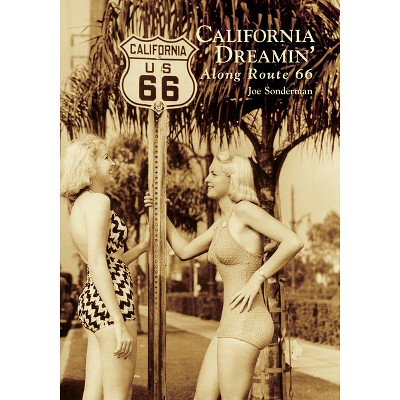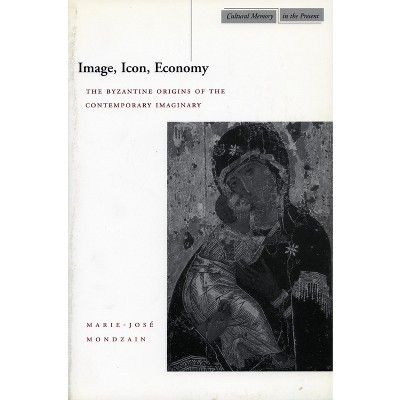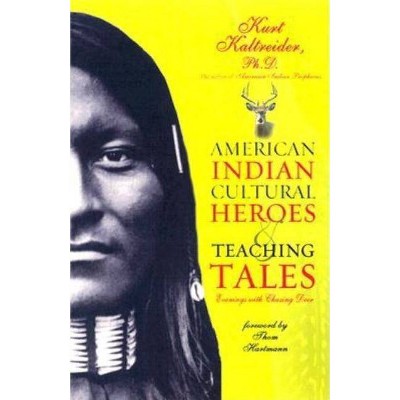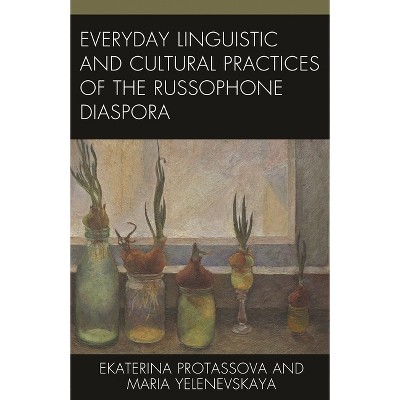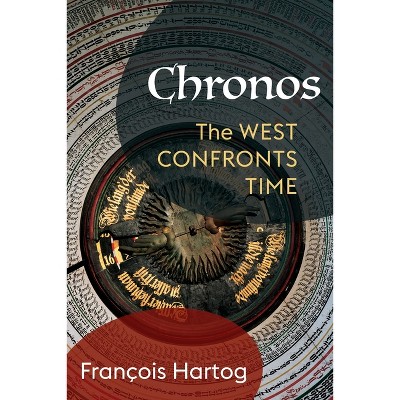Sponsored

Route 66 and the Formation of a National Cultural Icon - by Daniel Milowski (Hardcover)
In Stock
Sponsored
About this item
Highlights
- Route 66 and the Formation of a National Cultural Icon: Mother Road to Mythic American Byway by David Milowski explores the divergence between Route 66 myth and reality and provides a critical examination of the cultural origins of the Route 66 myth and the road's historical role in community development in the American West.
- About the Author: Daniel Milowski is professor of American history at Arizona State University and Chandler-Gilbert Community College.
- 282 Pages
- History, United States
- Series Name: Route 66 and the Formation of a National Cultural Icon
Description
About the Book
Route 66 and the Formation of a National Cultural Icon: Mother Road to Mythic American Byway by David Milowski explores the divergence between Route 66 myth and reality and provides a critical examination of the cultural origins of the Route 66 myth and the road's historical r...Book Synopsis
Route 66 and the Formation of a National Cultural Icon: Mother Road to Mythic American Byway by David Milowski explores the divergence between Route 66 myth and reality and provides a critical examination of the cultural origins of the Route 66 myth and the road's historical role in community development in the American West.
Review Quotes
Completed in 1938, Route 66 ran from Chicago to Los Angeles. It was decommissioned in 1985, replaced by I-40. It quickly reemerged as the mythic representation of a "better but lost authentic America," symbolic of the supposedly idyllic 1950s (p. 218). Through a detailed case study of five communities in northwest Arizona, Milowski traces the development and de-development history leading to this myth's emergence. The Atlantic and Pacific Railroad (later the Santa Fe) laid out five communities--Williams, Ash Fork, Seligman, Peach Springs, and Kingman--in 1882 to provide infrastructure for steam and later diesel railroads. The Federal Aid Highway Act (1921) created Route 66, which followed the rail line; automobiles, roads, and auto-supported businesses supplemented the towns' economic bases. Following WW II, the railroad line and the new I-40 bypassed the towns, producing a crisis that led residents to develop the myth as a means of economic survival through tourism. Many books focus on Route 66 myths; Milowski's study demonstrates the conditions that produced them, reveals their inaccuracies, and documents the extent to which racism underlay life in these communities. Well researched and written, this excellent study has considerable import for American history and related fields. Highly recommended. General readers through faculty.
Dr. Milowski has paved a new path that will stand out clearly in the well-traveled landscape of transportation history. From its fast-paced narrative of the construction and promotion of Route 66 to its scholarly interpretation of national trends and rich local histories, this history of 'The Mother Road' will bring any reader closer to an understanding of the roles played by highways, cars, and communities in the twentieth-century United States. Route 66 mythology is so deeply entrenched that it keeps many in a rut, but Milowski navigates through it and reveals which Americans benefited from the road and who fell by the wayside.
Few American roads conjure as much nostalgia as Route 66, particularly the remaining well-preserved sections in Arizona. But as Daniel Milowski shows in this excellent book, the tourist promise of 1950s Americana obscures a much more interesting history of an ever-changing transportation corridor and the communities along it. Route 66 and the Formation of a National Cultural Icon is essential reading for those who are interested in the real story, not the kitschy neon myth.
About the Author
Daniel Milowski is professor of American history at Arizona State University and Chandler-Gilbert Community College.
